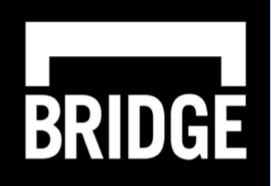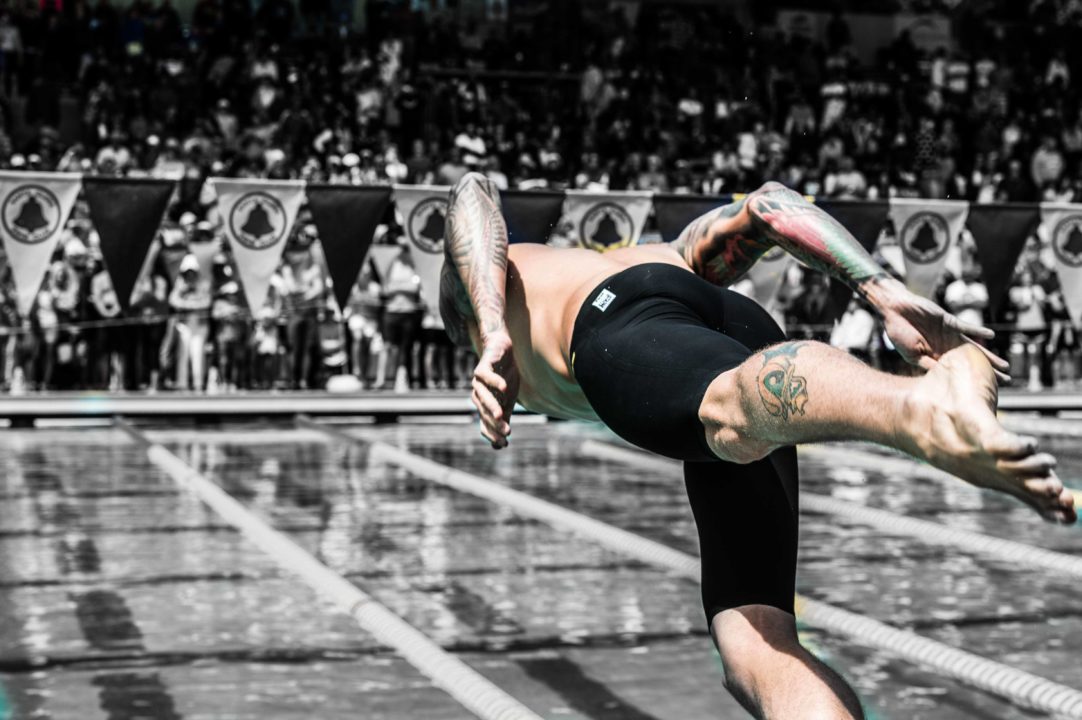Like most athletes, swimmers have naturally over or under-developed muscle groups based on their sport-specific training. Broad shoulders, a strong back, and powerful quadriceps are hallmark traits that make any swimmer stand out in a crowd. Quadriceps dominance, in particular, can greatly impact a swimmer’s strength training. Because swimmers over-develop and preferentially activate their quadriceps during lower body exercises, the posterior leg does not respond to resistance as quickly. Over time, this movement pattern becomes habit, and the glutes and hamstrings fail to “turn on” since the quads will automatically absorb the load. This uneven strength distribution between the anterior and posterior portion of the upper legs leaves the lower body exposed to injury. Let’s discuss the importance glute activation for any swimmer’s strength training.
Co-Contraction
When the lower body experiences resistance, in the form of bodyweight or additional weights, it normally signals the anterior and posterior portions of the legs to undergo something called co-contraction. The front part of the thigh, predominantly the quadriceps muscle, and the back of the thigh, including the hamstring and the gluteus maximus, will contract simultaneously to provide the greatest amount of stability around a joint during movement. Both sides of your leg are constantly engaged, working together to provide the greatest support for any given resistance. What happens then, when you take away the stabilizing power of your hamstrings and glutes?
Muscles That Won’t “Turn On”
Swimming naturally develops very strong quads. Kicking, turns, and dives all reinforce this muscle group. You depend on them for explosive starts, strong breakouts, and sheer force of will at the end of any race. You can harness even more power through the posterior chain, including your glutes and hamstrings, but you will have to focus harder to activate them. In strength training, over-reliance on your quads can put excessive stress on your knee and hip joints. To avoid this, swimmers should focus on developing the muscle memory for hamstring and glute activation. There are several basic exercises you can learn right now to do so.
Glute Activation Exercises
A primary glute exercise would be monster walks. Using an elastic band around your ankles, stand with feet shoulder-width apart and step side to side or forward and back, keeping tension on the band the entire time. Glute bridges are also great: lying on your back with feet flat and knees bent, squeeze your gluteus maximus first, then lift your pelvis a foot off the ground and lower back down steadily. Another great starter exercise for glute activation is a simple plank where you alternate lifting your feet off the ground a few inches. Squeeze your glutes before you lift each leg to emphasize the correct movement pattern. I encourage you to explore my expanded post on glute activation here. For even more swim-related strength training tips, check out my post on the
ABOUT BRIDGEATHLETIC
 BridgeAthletic works with elite professional, collegiate, and club swimming programs to provide a turnkey solution for dryland training. Led by Nick Folker, the top swimming strength and conditioning coach in the world, our team builds stroke-specific, custom-optimized dryland programs for each of our clients. The individualized workouts are delivered directly to athletes via our state of the art technology platform and mobile applications. Check Nick and BridgeAthletic out as recently featured in SwimSwam.
BridgeAthletic works with elite professional, collegiate, and club swimming programs to provide a turnkey solution for dryland training. Led by Nick Folker, the top swimming strength and conditioning coach in the world, our team builds stroke-specific, custom-optimized dryland programs for each of our clients. The individualized workouts are delivered directly to athletes via our state of the art technology platform and mobile applications. Check Nick and BridgeAthletic out as recently featured in SwimSwam.
ABOUT NICK FOLKER
 Nick Folker is the Co-Founder and Director of Elite Performance at BridgeAthletic. Nick’s roster of athletes includes 35 Olympians winning 22 Olympic Medals, 7 team NCAA Championships and over 170 individual and relay NCAA championships. Megan Fischer-Colbrie works as the Sports Science Editor at BridgeAthletic. Megan was a four-year varsity swimmer at Stanford, where she recently graduated with a degree in Human Biology. The Championship Series by BridgeAthletic is designed to empower athletes with tips from the pros that will help them reach peak performance come race day. We will be covering competition-focused topics such as nutrition, recovery, stretching, and mental preparation.
Nick Folker is the Co-Founder and Director of Elite Performance at BridgeAthletic. Nick’s roster of athletes includes 35 Olympians winning 22 Olympic Medals, 7 team NCAA Championships and over 170 individual and relay NCAA championships. Megan Fischer-Colbrie works as the Sports Science Editor at BridgeAthletic. Megan was a four-year varsity swimmer at Stanford, where she recently graduated with a degree in Human Biology. The Championship Series by BridgeAthletic is designed to empower athletes with tips from the pros that will help them reach peak performance come race day. We will be covering competition-focused topics such as nutrition, recovery, stretching, and mental preparation.
Follow BridgeAthletic on Twitter here.
Like BridgeAthletic on Facebook here.
Swimming News / Swim Training courtesy of BridgeAthletic, a SwimSwam partner.

Hi there. Thanks for the article. Have a question wrt the glutes. When swimming, I was told to squeeze my glutes and tuck my tummy to get my body more afloat. For freestyle, how does this work? When kicking a lot, I’m unsure if I am doing correctly. As you can tell I’m a beginner swimmer, trying to master freestyle.
c
Looks like this sentence is incomplete:
“For even more swim-related strength training tips, check out my post on the….”
I have also found that a reverse lunge (step backwards with one leg) is much better at working the hams and glutes than the more common forward lunge. For me, the grand daddy of all glute exercises is the rear leg elevated split squats. Those are the only 2 exercises where I can make my glute muscles sore. I have very strong quads and they definitely take over on the other compound leg exercises.
Interesting article. But how can it possibly not have the headline “You Can Do It. Put Your — Into It!”
Thank you for the article. I am wondering if there is anything that can be done in the pool to work on glute activation? Also what are some weight room exercises that can be used for glute activation
Seems to me that hamstring/glutes are underutlized on dolphin kicking on the upward phase. This might be a good activation drill where kids focus on the upward phase of the dolphin kick.
Great article, Nick